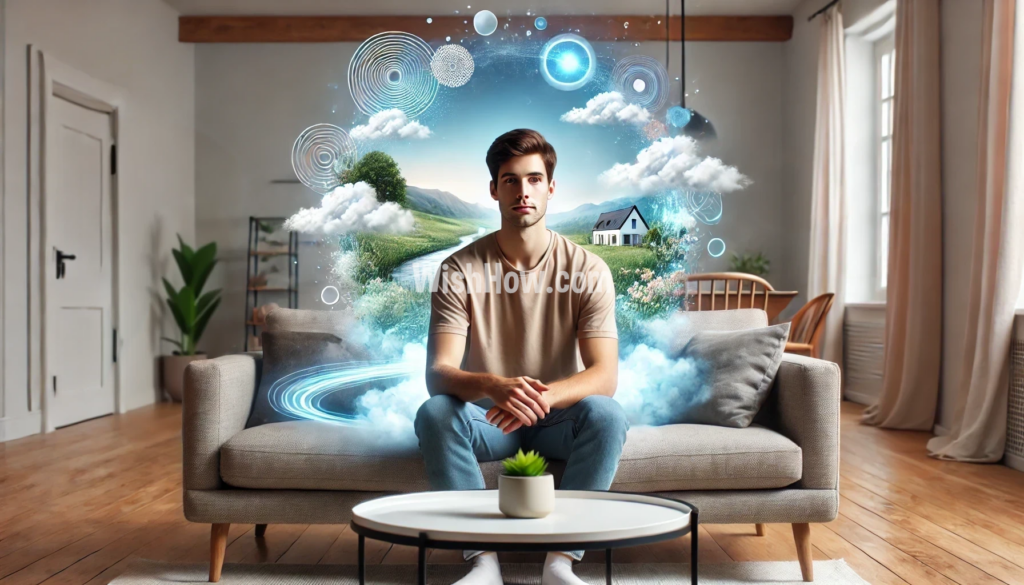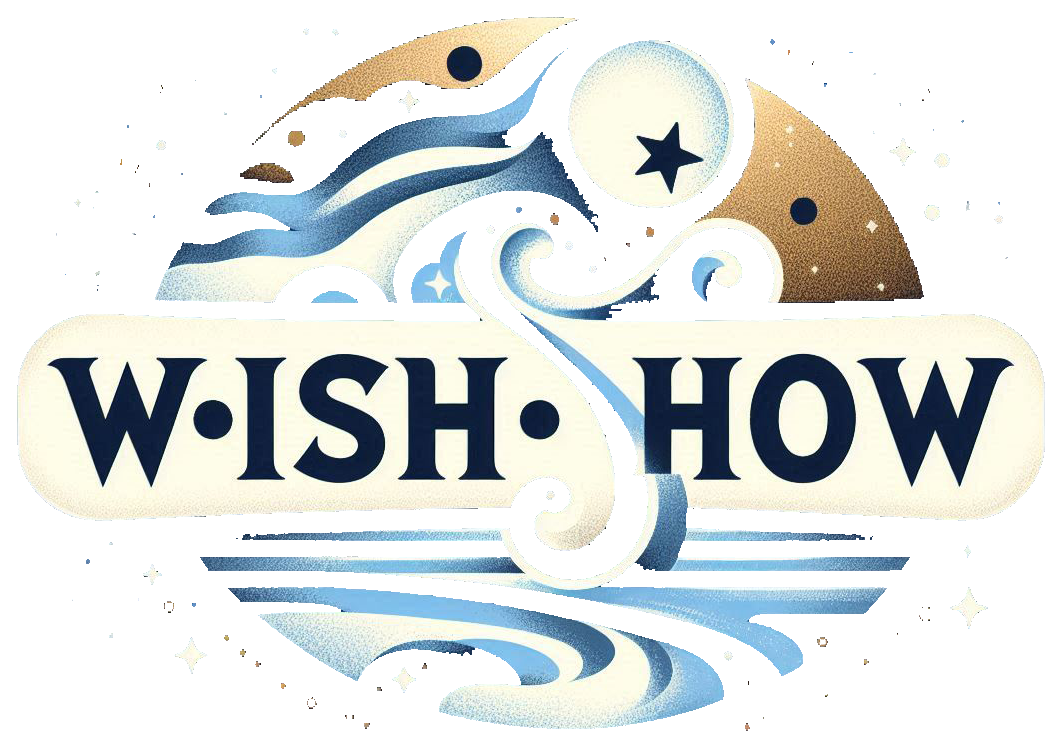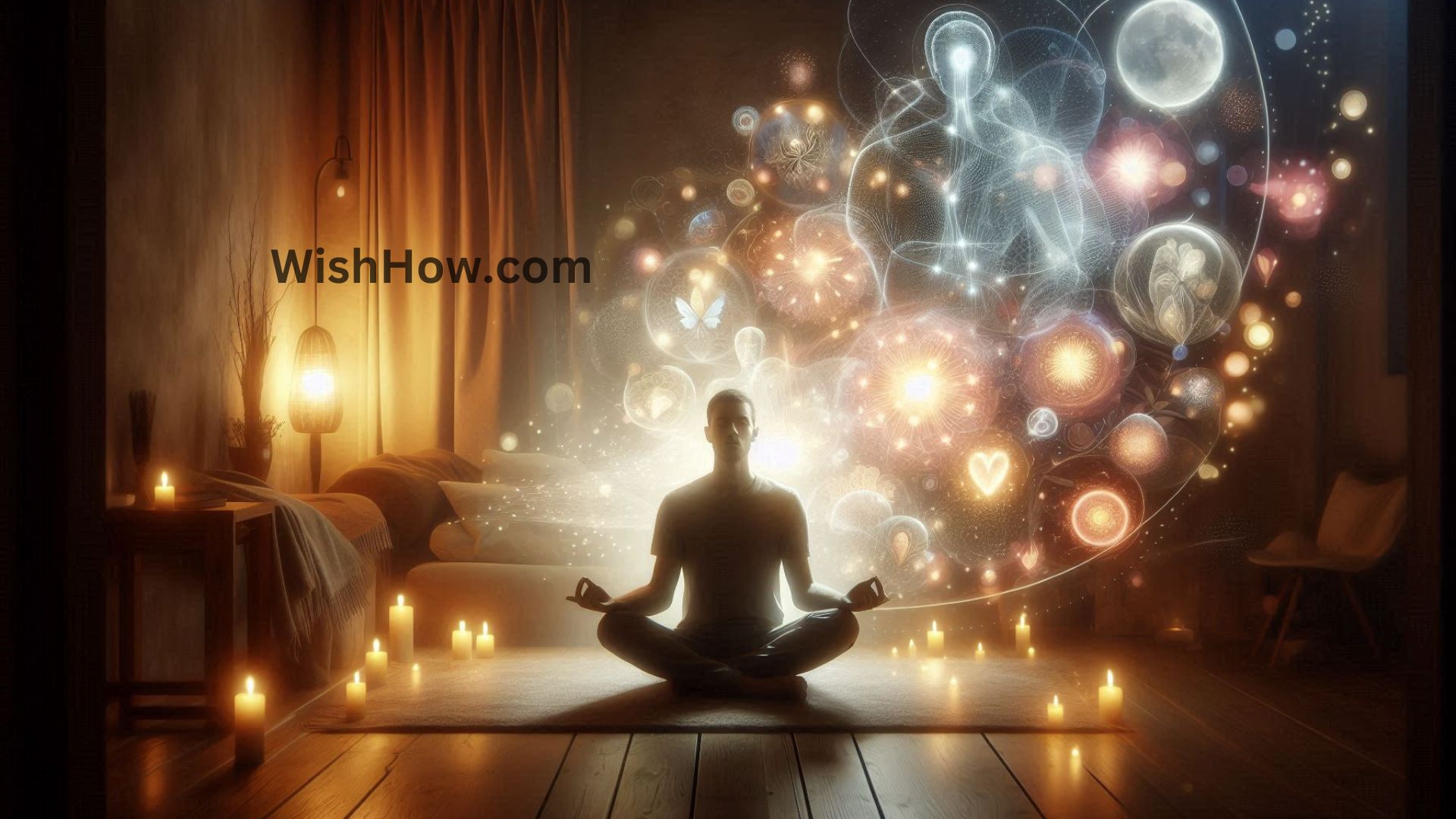Anxiety can be really uncomfortable and stressful. If you deal with it regularly, you know how much it can affect your day-to-day life. While getting professional help is important, there are also self-help techniques that can really make a difference, like visualization.
Visualization is a simple yet powerful relaxation method. It involves using your imagination to bring up feelings of calm, confidence, or motivation. It’s also a great way to ease nervousness.
By practicing visualization, you can calm your body’s fight-or-flight response, which often kicks in when anxiety levels rise. This helps you feel more relaxed and in control.
What Is Visualization?
Visualization is a powerful tool that can help ease anxiety. It works by using mental images to bring your mind to a more relaxed state. It’s a bit like daydreaming—just using your imagination to create calming thoughts. However, some people can’t form pictures in their minds, a condition called aphantasia.

Visualization can be especially helpful for anxiety because it offers a break from anxious thoughts. When you’re feeling anxious, your mind often focuses on worries, worst-case scenarios, and other negative thoughts that only make things worse. Visualization helps redirect your attention and calm that mental chaos.
Types of Visualization
There are endless ways to practice visualization, and what you choose to imagine is totally up to you. Here are some common types of visualization you can try.
King, Warrior, Magician, Lover: Rediscovering Masculinity Through the Lens of Archetypal Psychology - A Journey into the Male Psyche and Its Four Essential Aspects
$14.39 (as of May 23, 2025 18:29 GMT -07:00 - More infoProduct prices and availability are accurate as of the date/time indicated and are subject to change. Any price and availability information displayed on [relevant Amazon Site(s), as applicable] at the time of purchase will apply to the purchase of this product.)Guided Imagery
One popular visualization is imagining yourself at the beach. Beach scenes are known for their calming effect, so you can try this on your own for a relaxing experience. Picture the sound of the waves, the warmth of the sun, and the peaceful surroundings. If this image helps you unwind, let yourself enjoy the scene. When you’re ready to end the visualization, imagine slowly walking away from the beach, knowing you can return anytime you need a break. If the beach isn’t your thing, you can switch it up! Maybe you picture lying in a field of flowers or gazing at a mountain view. The key is to find a setting that makes you feel calm.
Visualizing a Goal
Another powerful type of visualization is imagining yourself achieving a goal. This is something athletes often do to enhance their performance. For example, an athlete might visualize walking onto the field, feeling energized, and scoring a goal. But this technique isn’t just for athletes. Let’s say you have social anxiety and you’re dreading an upcoming party. You can visualize yourself enjoying the party, talking to people, and having a great time. When the actual event comes, you might find it easier and less stressful because you’ve already pictured it going well in your mind. Visualization can help calm your anxiety and boost your confidence.
Compassion Meditation
Visualization is also used in compassion meditation, which can lift your mood and help you feel better. It’s a wonderful way to show yourself kindness when you’re dealing with anxiety. You can also use this type of meditation to visualize a person or situation causing you stress. For instance, if you’re upset with someone, you can imagine them in a more understanding light and let go of some of that tension. You might repeat a calming mantra like, “May this person find peace,” or “May I find peace in this situation.” This practice not only helps with anxiety but also fosters more compassion for yourself and others.
By trying these visualization techniques, you can find new ways to cope with anxiety and feel more relaxed in your daily life.
Getting Started With Visualization for Anxiety
Before you start any visualization exercises, it’s important to create a comfortable space. Make sure there are no distractions, like your phone, pets, or the TV, so you can fully focus on relaxing.

Take off any tight or uncomfortable clothing, like jewelry, belts, or scarves, that might get in the way. Find a position that feels good—whether sitting or lying down—and get comfortable.
To start, it can help to slow down your breathing. Close your eyes and try to release any tension in your body. If you want to relax even more, you can try a progressive muscle relaxation (PMR) exercise before diving into visualization. Aim to set aside about 5 to 15 minutes for your session to really focus on relaxing your mind and body.
Breath as Prayer: Calm Your Anxiety, Focus Your Mind, and Renew Your Soul – The Perfect Christian Gifts for Women
$10.99 (as of May 23, 2025 18:29 GMT -07:00 - More infoProduct prices and availability are accurate as of the date/time indicated and are subject to change. Any price and availability information displayed on [relevant Amazon Site(s), as applicable] at the time of purchase will apply to the purchase of this product.)Also Read: What is Visualization and Why is it Important?
How to Use Visualization for Anxiety
When you’re visualizing your calming scene, try to engage all of your senses. Pay attention to what you hear, smell, taste, and how your body feels in that moment. When you’re ready to leave your peaceful scene, take your time and slowly bring your focus back to the present.
With regular practice, you’ll be able to use visualization whenever you need it, like when you start feeling the physical signs of anxiety or panic.







